Cross train with a purpose when you personalize.
Solution: Cross Training
Develop your organization’s skills across your multi-purpose roles to provide greater resilience and show employees you are investing in them. Cross train quickly and effectively by leveraging the right solution that adapts to each learner and optimizes speed to competency.
Cross-Training Challenges Faced
While cross-trained employees are a nice-to-have in many organizations, they are absolutely vital to success in others where employees need to shift quickly to fill needs that quickly rise and fall. Even still, cross training is typically an afterthought that defaults to a one-size-fits-all approach. Cross training that does not adapt to the learner's existing knowledge can be extremely inefficient, but when done right, learners can often progress quickly through a cross-training curriculum. However, learning quickly without achieving competency adds risk to the organization because job skill misconceptions often exist. Developing employees to expand their abilities keeps them engaged while also minimizing points of failure for the business. However, there are several challenges to overcome:
Not reinventing the wheel
Cross training will typically look very similar to training for new hires. Keeping role-based knowledge in one place and tailoring it for the existing employee who is cross training vs. the new hire is a challenge with current learning systems.
Varied starting points
Without a way to measure or account for employees’ varied levels of existing knowledge and skills, it is difficult to know where to start. A one-size-fits-all approach turns out to be wasteful and not engaging.
Inconsistent training approach
Cross training in many companies involves having a peer perform on-the-job training to transfer knowledge. But relying on unofficial trainers without a structured approach can lead to inconsistent results.
Over-reliance on eLearning
Cross-training is often times delivered as a 100% self-led endeavor using eLearning with no mechanism for working with a trainer or a coach. Learners miss out on blended learning benefits to ask questions, discuss applications, and build connections in the new area. Supplementing self-led learning with live coaching is vital to support cross-training.
Keeping skills fresh
Cross trained employees typically will not use their new skills as often as their main job skills. Keeping skills fresh becomes a challenge.
Difficult to scale
When cross-training is desired across a large number of employees in similar roles, scaling a one-to-one training approach can be very challenging. Without the right technology, you'll lack visibility into who is best suited to perform in their newly trained duties.
Cross-Training Essentials
Consider the following as essential elements you should seek to include in a successful cross-training program:
Role-Based Knowledge Mapping
Provide a GPS-like map view detailing the knowledge and learning required to be trained in the new role, adapting one model to both new hires and cross-trainers.
Ongoing Learning
Make cross training a natural, organic part of all learning, integrated with all other skill-building activities, not something separate and ad hoc.
Personalized Pathways
Like any role, learners will be cross training for new roles with varying skill levels. The pathway should dynamically adapt to prior knowledge to optimize the speed to competency.
Blended Options
Cross training can vary from one-to-one learning, eLearning, and virtual or in-person learning, along with any combination. Your system should support varied needs of each role in a seamless experience.
Coaching Insights
Enable your coaches, trainers, and managers with a GPS-view into each learner's progression to know where to focus their time to have greater impact with less effort to aid each cross-trainer's journey.
In The Flow of Work
Enable cross training on-demand through an agile system that adapts and scales so learners can train as little or as much as needed. Reinforce cross-trained skills that are not used frequently with refreshers in the flow.
Keys to Cross-Training Success
Realizeit enables you to deliver a personalized cross-training experience that adapts to employees' existing knowledge so they can quickly learn to perform in new roles. To get a feel for what cross training is like with Realizeit, read on.
One GPS for All Learned Roles
- Provide a detailed and personalized skill-building plan for each learner.
- Integrate the cross-training journey into one larger path for each learner.
- Learners visualize the path to acquiring skills in a new role with credit for prior learning.
Adaptive Intelligence Engine
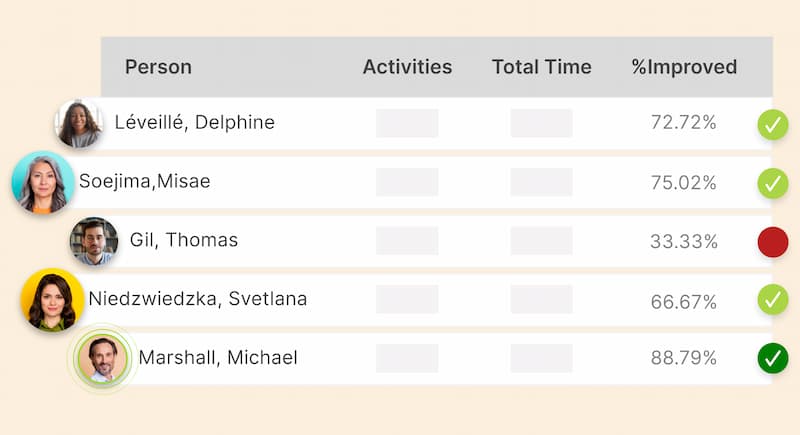
- Personalize cross training through multiple levels of AI-powered adaptivity.
- Engage employees as the system adapts to their strengths and knowledge gaps.
- Adapt to any role variations including geography, department, seniority, as well as prior training and experience.
- Optimize speed to competency while ensuring each employee is fully prepared.
Blended Learning to Fit the Role
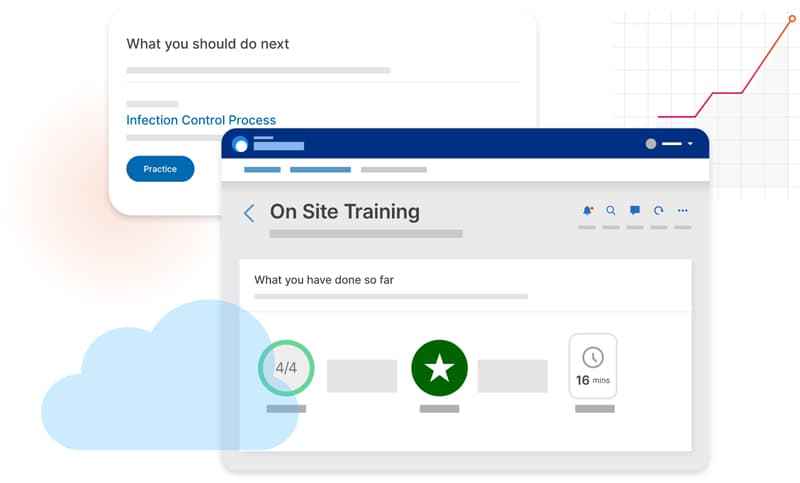
- Integrate any modality of learning to fit the cross-training scenario, from self-led to instructor-led and shoulder-to-shoulder.
- Provide varied approaches to maximize engagement throughout the cross-training process.
- Provide eLearning moments to make one-to-one training more effective.
Assess Progress Accurately
- Provide a variety of assessment types, from eLearning knowledge checks to virtual and in-person coaching reviews.
- Know exactly what cross-trainers know and what they don’t know with precision.
- Ensure your cross-trained employees are just as prepared as new hires.
Automated Skill Reinforcement
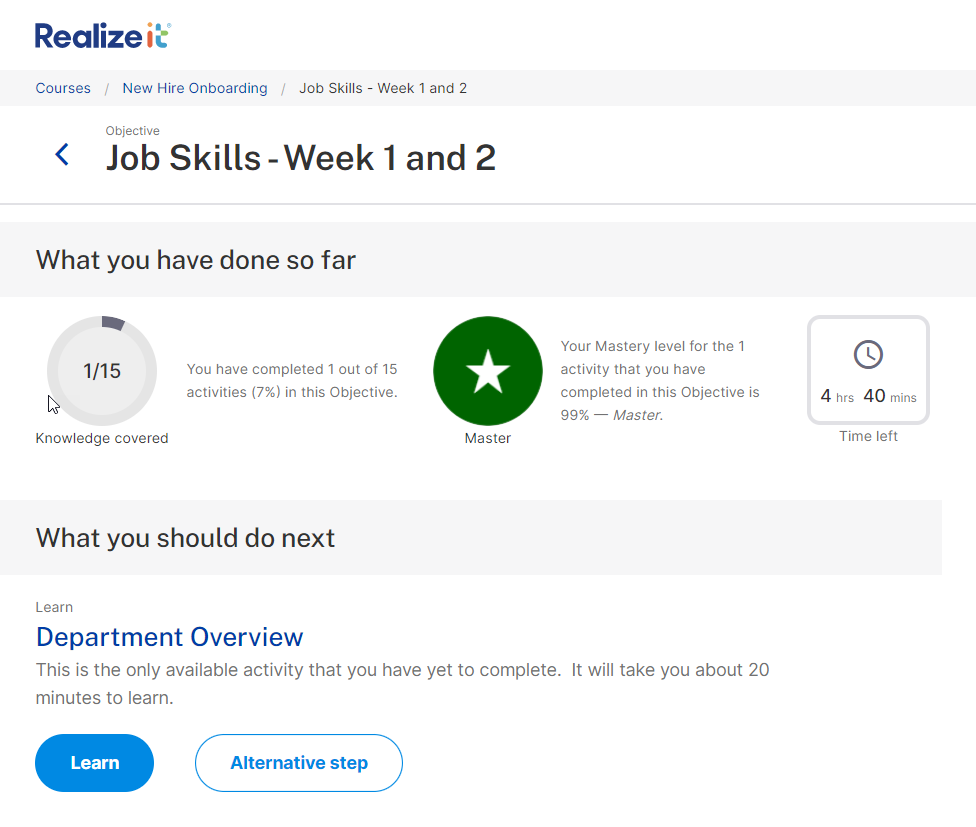
- Enable cross-trained skills that are not used every day to be kept fresh.
- Build a single knowledge repository that automatically feeds knowledge reinforcement learning activities.
- New skills are reinforced with microlearning moments in bite-sized chunks.
Actionable Analytics
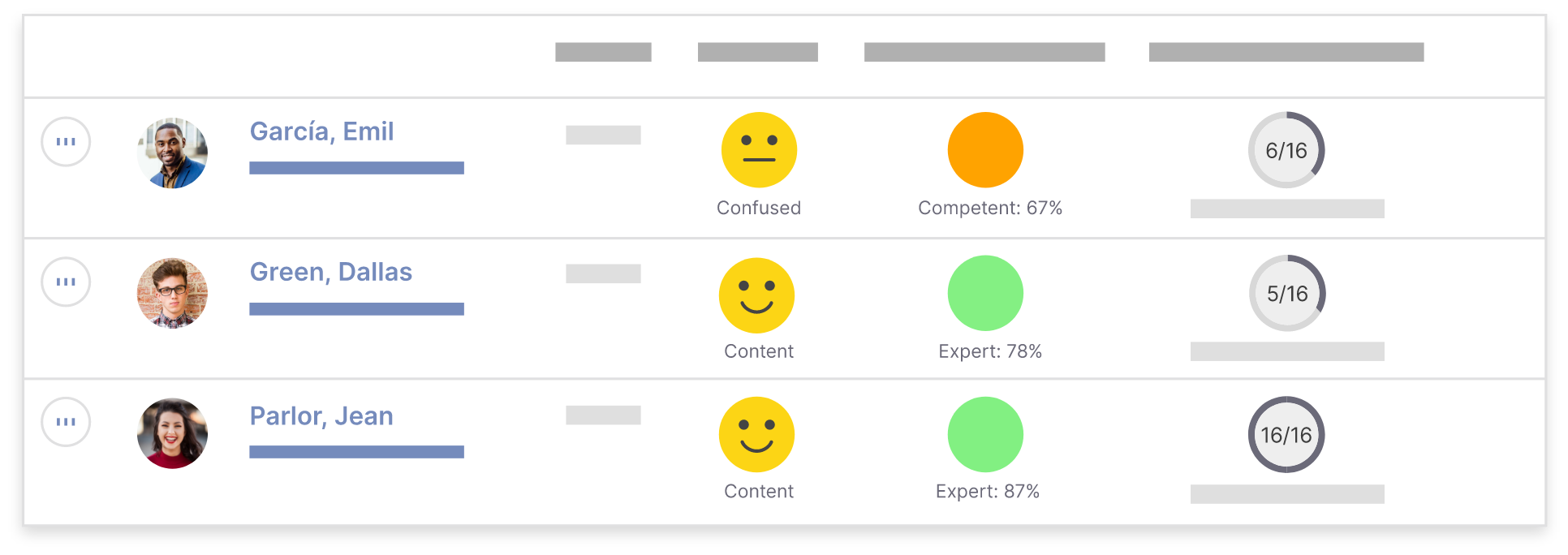
- Visual dashboards provide a precise measure of cross-training progress.
- Identify specific areas for live coaching.
- Access detailed metrics from assessment level down to the question level.
- Analyze learner feedback to improve the training process for each role.
Performance Support
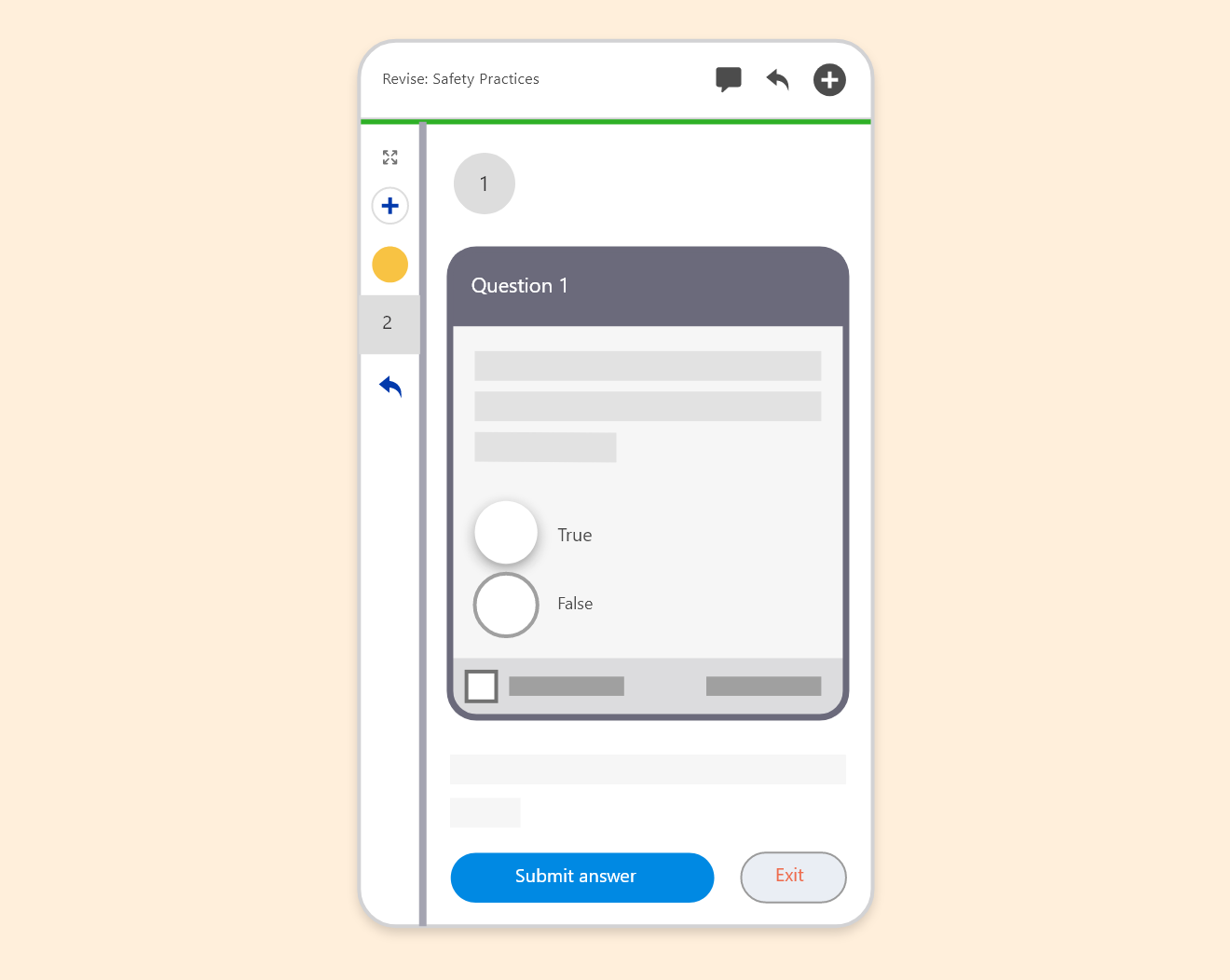
- Support for cross-trained learners is especially needed as skills may not be used as often.
- Access knowledge through the learning map to enhance recall with visual cues.
- An intelligent search brings the most relevant content to the forefront at time of need.
- Log questions on content and learning materials that feed back to content developers.
Map Knowledge in One Place
- Build role-based learning journeys for both cross-trainers and new hires from a common knowledge and skills map.
- Adapt the curriculum to cross-training needs without starting over.
- Maintain one source of truth for all role-based training.
- Include custom in-house content, third-party courses, existing content in your learning ecosystem, and more.
- Ensure cross-trainers get the same quality and rigor as new hires.
Mark Smith, Vice President, Human Resources at Petroleum Geo-ServicesAdaptive Learning platforms allow managers to instantly train employees on the specific competency improvement needs and assess them pre- and post-training. The application of these and other new developments has long-term potential for our organization, especially as pressure to lower costs and increase efficiency drive digitization and are essential to improve business management and ensure safe operations.
Explore Other Solutions
Start in one solution area and expand into others when ready to personalize more learning experiences.
New Hire Training/Onboarding
Deliver the best onboarding experience that shows employees you are serious about their success.
Upskilling/Reskilling
Invest in your employees as you help them upskill and reskill more effectively and efficiently with a personalized approach.
Compliance Training
Move beyond check-the-box compliance training to ensure competence in important internal skills and ways of working.
Product Training
Enable product knowledge workers to perform at their peak potential with training that adapts to them.
Cross-Training
Cross-trained employees are more engaged as they learn related skills tailored to their experience, increasing their value to the team.
It’s time to make training and development essential.
With machine learning, personalized training and learning, linked to performance is not only possible, it’s here — Now.